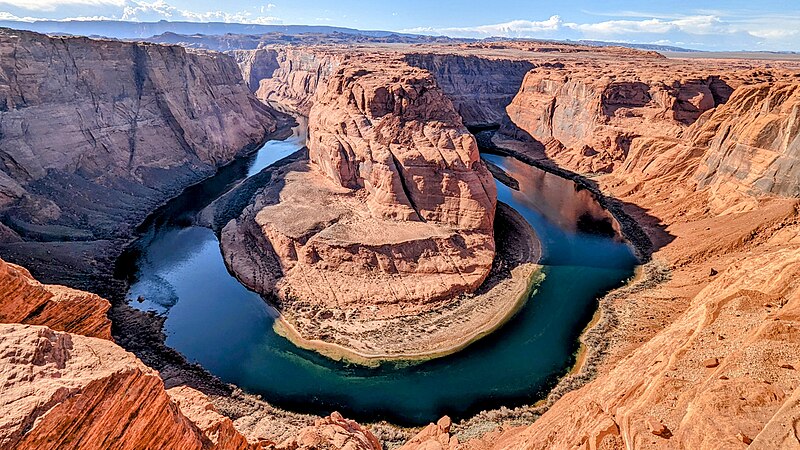The longest songs ever written often push the boundaries of musical creativity, blending different genres and moods to create something truly unique. These epic tracks don’t just stretch the usual song length—they redefine what a song can be. From progressive rock to ambient soundscapes, these compositions explore complex themes and intricate musical structures, taking listeners on immersive journeys that are anything but conventional. Whether through layered instrumentation, shifting dynamics, or philosophical lyrics, each of these songs stands as a testament to the artists’ willingness to break free from the norms and explore new sonic territory. Here, we’ll take a closer look at the 12 longest songs ever written, offering insight into their creation and significance in music history.
The Rise and Fall of Bossanova – The Flaming Lips
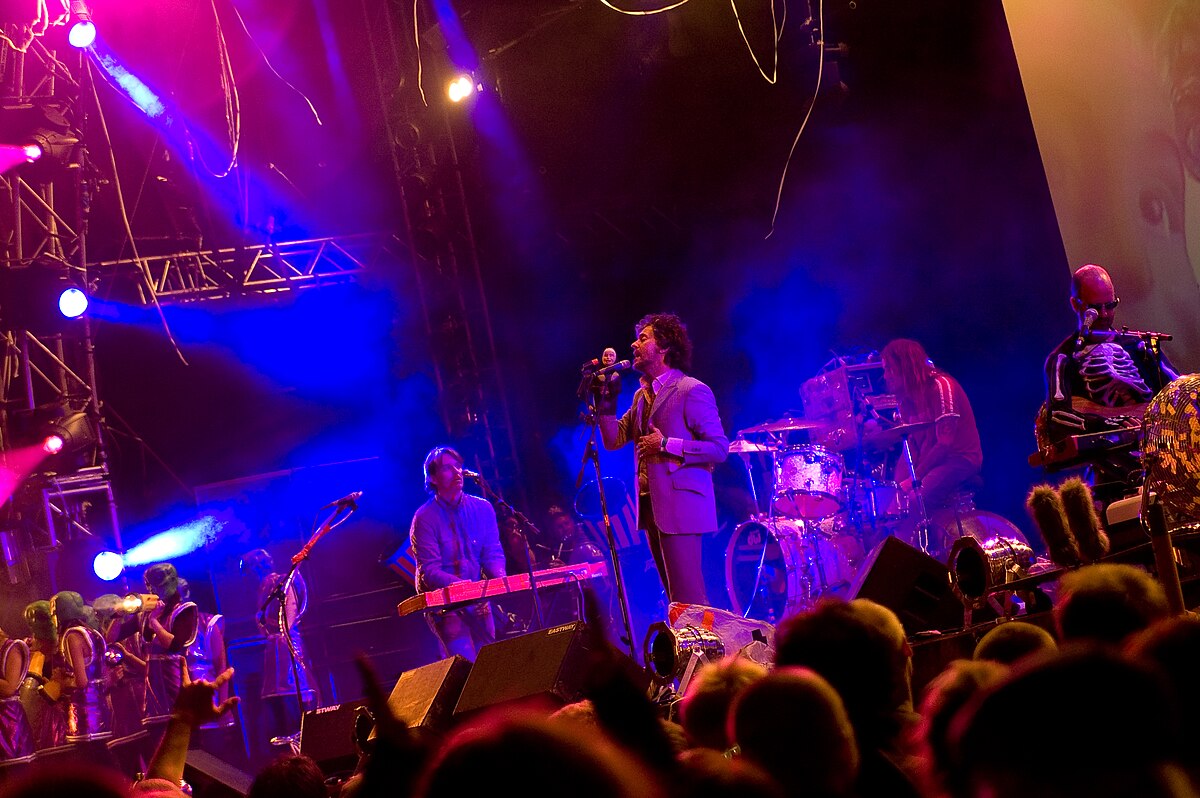
At nearly 24 minutes, this experimental piece from The Flaming Lips transcends traditional song formats. The track is a multi-part suite that blends ambient soundscapes with eclectic instrumentation, creating a surreal, dream-like experience. Its thematic structure reflects the band’s penchant for blending philosophical musings with musical experimentation. The song’s gradual buildup is complemented by moments of intense sonic release, making it both unpredictable and mesmerizing. Lyrics throughout evoke vivid imagery, challenging the listener to interpret its meaning, which can shift with each listen. A defining characteristic of the track is its refusal to adhere to conventional song structure, allowing the sound to evolve in unpredictable ways. This bold approach to songwriting marks a high point in the band’s already innovative career.
Thick as a Brick – Jethro Tull
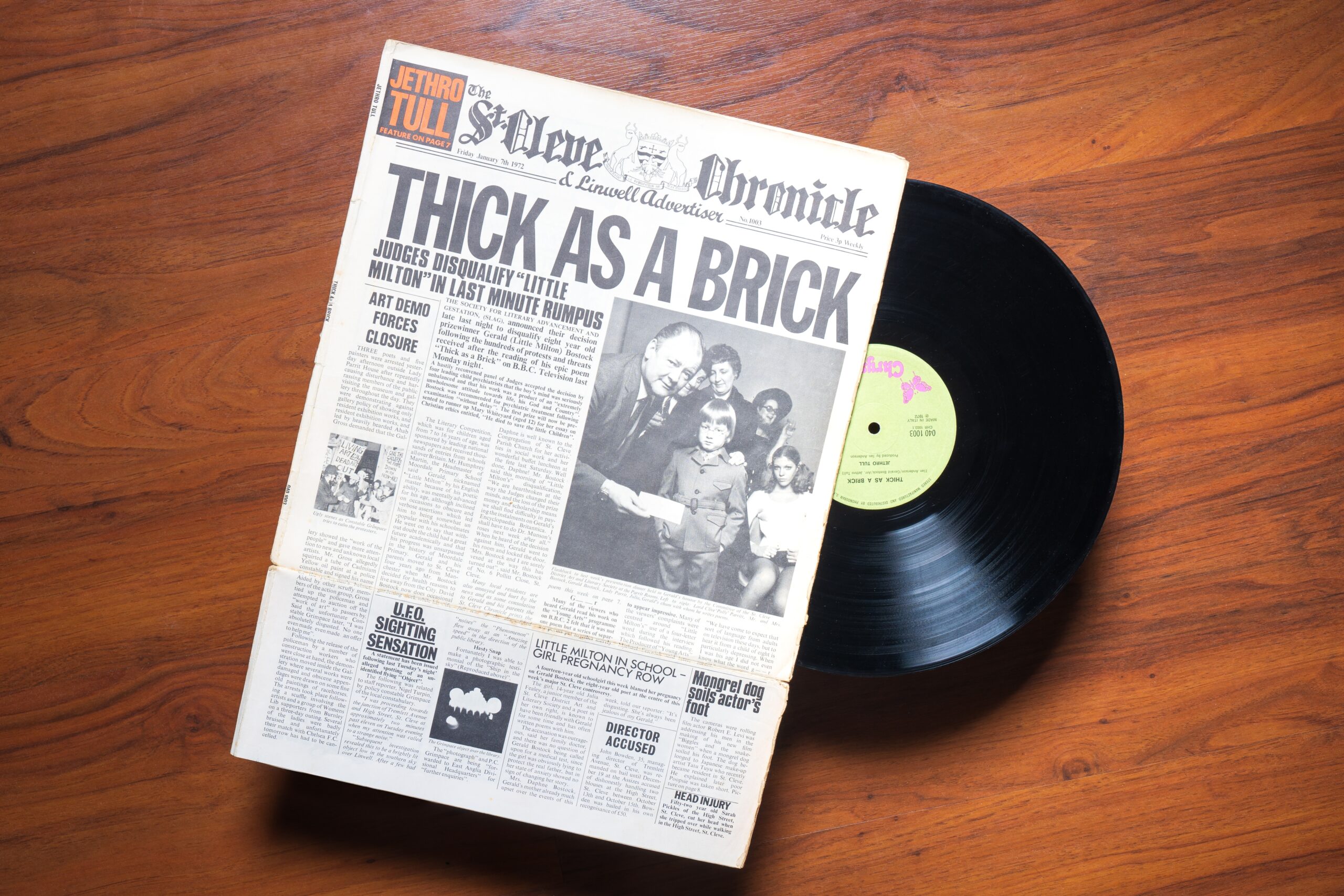
A masterstroke of progressive rock, Thick as a Brick clocks in at just under 44 minutes, encapsulating an entire album’s worth of music in a single track. The song is divided into two parts, seamlessly blending folk, hard rock, and symphonic elements. Its lyrics, delivered with an often satirical tone, take aim at the conventions of the music industry and society at large. Instrumentally, it shifts from intricate acoustic guitar sections to heavy, distorted electric passages, showcasing the band’s technical prowess. Not only does the song explore complex musical landscapes, but it also plays with the concept of a rock album as a cohesive, continuous narrative. The track’s length allows for a deep immersion into its evolving themes, with the dynamics shifting dramatically throughout. Despite its complexity, it remains one of Jethro Tull’s most iconic works.
Close to the Edge – Yes
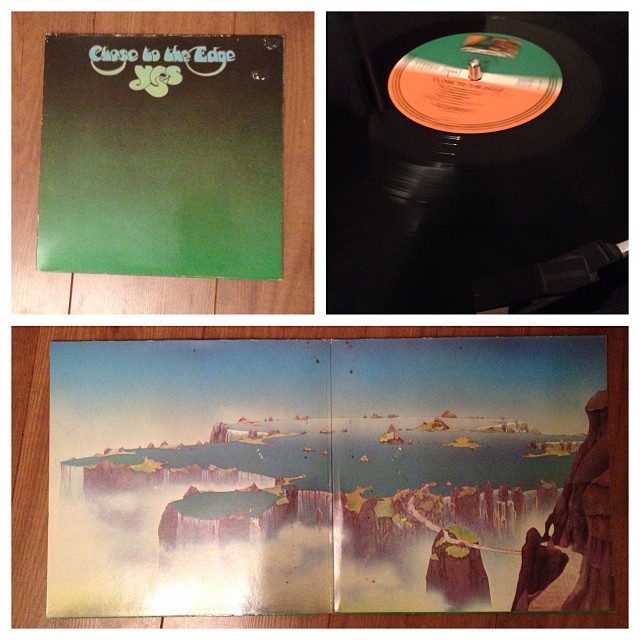
Yes’s Close to the Edge is an epic progressive rock anthem that stretches over 18 minutes, known for its intricate structure and virtuosity. The track begins with a serene, atmospheric introduction before expanding into multiple, often contrasting, sections. Throughout, the song alternates between intricate instrumental passages and ethereal, harmonious vocal lines, with a frequent shift between time signatures. Lyrically, Close to the Edge explores themes of spiritual enlightenment and human introspection, offering a philosophical journey through sound. The musicianship on this track is unparalleled, with each member contributing masterfully to the overall composition. Its complex arrangement, which seems to defy traditional rock song formats, keeps listeners captivated through each movement. As one of the band’s signature pieces, it remains a landmark of progressive rock.
Kashmir – Led Zeppelin
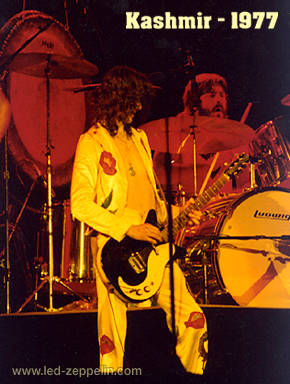
At just over 8 minutes, Kashmir is often regarded as one of Led Zeppelin’s most expansive compositions, though its epic scope belies its relative brevity. The track opens with a distinctive, Middle Eastern-inspired guitar riff, setting the tone for an adventurous auditory journey. Its orchestral arrangement gives it a cinematic feel, blending rock instrumentation with layered strings and brass. The lyrics evoke imagery of far-off lands, adding a mystic and almost mythical quality to the song. Bonham’s drumming is powerful and steady, anchoring the song’s constant motion without ever overwhelming it. The song’s repetitive yet hypnotic rhythm reinforces its theme of travel and transcendence. Although shorter than some of the other songs on this list, its impact is undeniably massive, showcasing Zeppelin’s unparalleled ability to create expansive music within traditional rock structures.
Echoes – Pink Floyd

Stretching over 23 minutes, Echoes represents the pinnacle of Pink Floyd’s journey into progressive rock experimentation. The track was recorded in a single session, capturing the band’s collaborative energy at its height. Echoes is known for its otherworldly sonic textures, created through a mixture of synthesizers, intricate guitar work, and atmospheric effects. The song’s lyrics reflect a deep philosophical exploration of the human condition, touching on isolation, introspection, and the nature of existence. As the song progresses, it moves through several distinct segments, each building on the one before it, creating a sense of evolution. The band’s use of space and silence is as integral to the piece as the music itself, amplifying the emotional depth of the song. Echoes is not just a song but a journey—one that is uniquely defined by Pink Floyd’s ability to create immersive, transcendent experiences.
The Decline – NOFX
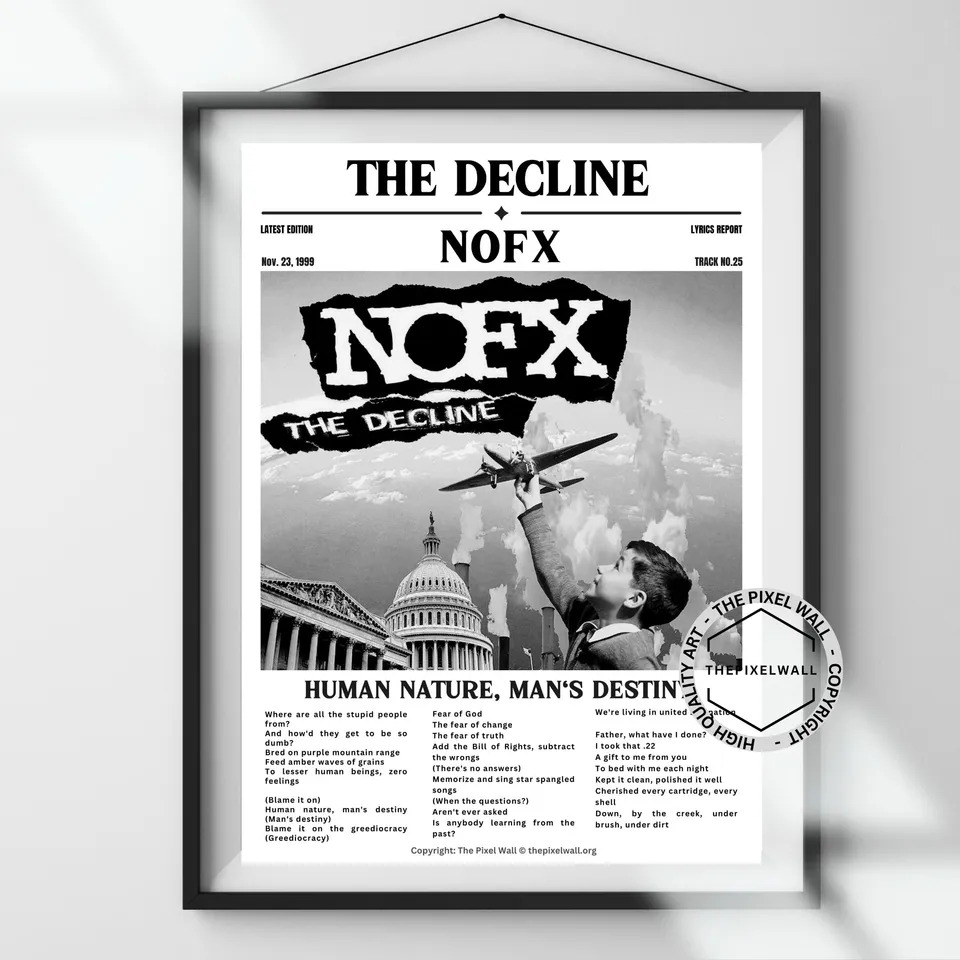
At 18 minutes, The Decline stands as NOFX’s longest and most ambitious track. The song is a punk rock epic that blends sharp political commentary with the band’s trademark humor and irreverence. Despite its length, the song remains fast-paced, with the typical NOFX energy and relentless rhythm guitar throughout. Its lyrics delve into societal and political issues, addressing the decline of culture, governance, and the environment. The song’s shifts in tempo, ranging from aggressive to more melodic sections, provide a dynamic listening experience. Instrumentally, it showcases the band’s proficiency in fusing punk with elements of hardcore, ska, and even orchestral music. The Decline is a rare combination of punk ethos and complex musical structure, cementing its place as a genre-defying classic.
Mountain Jam – The Allman Brothers Band
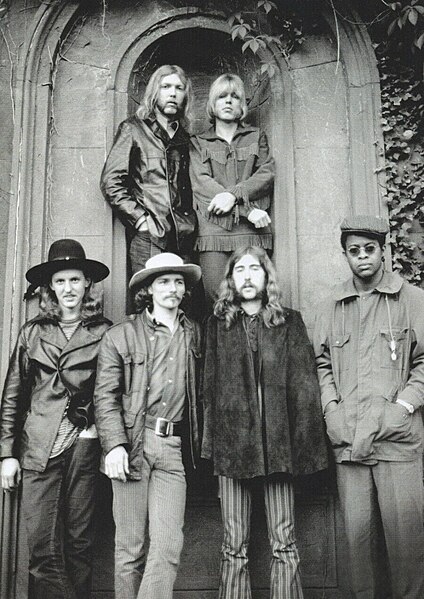
Mountain Jam is a 33-minute blues-rock jam that has become iconic in The Allman Brothers Band’s live performances. Originating as a live improvisational piece, the song evolved over time into one of the band’s most cherished tracks. Its length allows for an extended exploration of the band’s virtuosity, with each member taking turns to showcase their skill in extended solos. The song blends blues, jazz, and Southern rock in a seamless fashion, constantly shifting in mood and tempo. The improvisational nature of Mountain Jam allows it to feel both spontaneous and meticulously crafted. Gregg Allman’s soulful organ playing and Duane Allman’s legendary slide guitar work are highlights of the track. It’s not just a song; it’s an experience that captures the essence of live rock ‘n’ roll.
The End – The Beatles
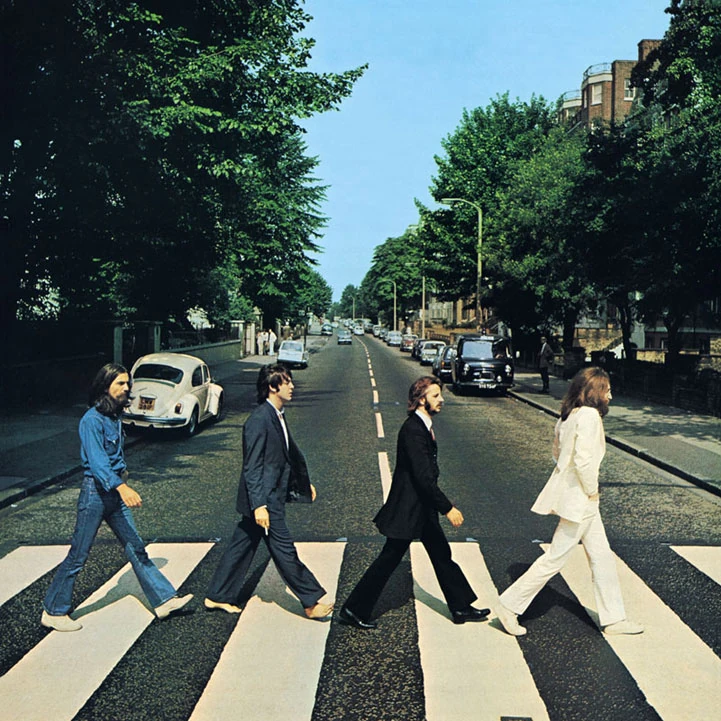
The Beatles’ The End, found on Abbey Road, is a compact, 2-minute outro that serves as the culmination of the album’s second half. While short in duration, it’s notable for its intricate arrangement and the band’s experimental approach to songwriting. The track features three distinct guitar solos, each played by a different band member, giving it a unique sense of unity and cooperation. The lyrics, which echo themes of love, loss, and the passage of time, resonate deeply with the emotional tone of the album. The song’s final chord is iconic, lingering in the air for an extended period, creating a sense of finality and closure. Though the song itself isn’t long, it marks the end of an era for The Beatles, encapsulating the band’s growth and innovation. It’s a fitting close to one of the most influential albums in rock history.
Light of Day, Day of Darkness – Green Carnation
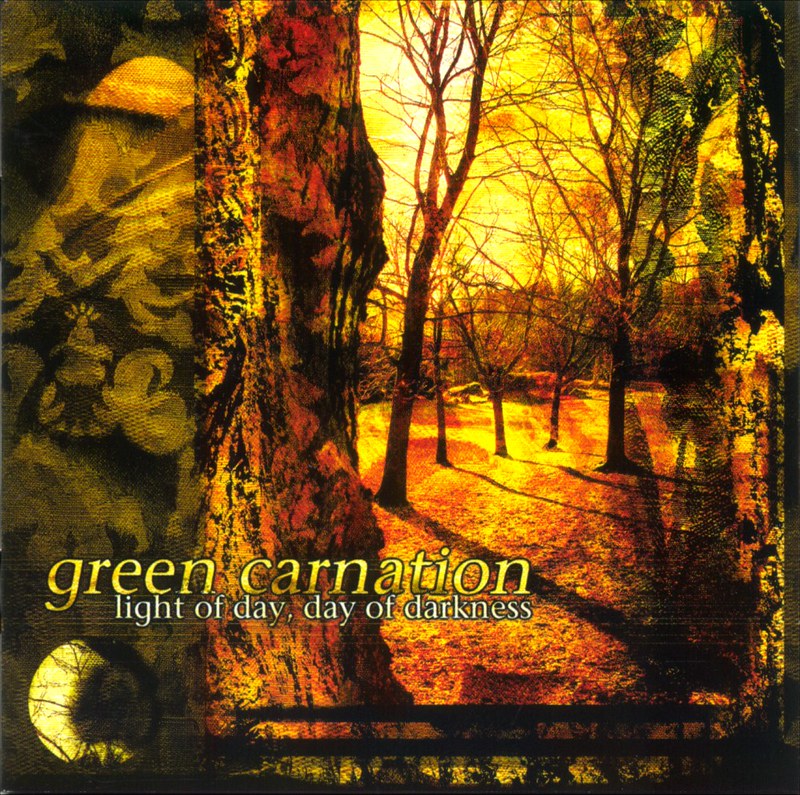
This progressive metal piece spans an impressive 60 minutes, pushing the boundaries of the genre with its complex arrangements and conceptual depth. Light of Day, Day of Darkness is a single song divided into multiple sections that explore themes of existential reflection, despair, and hope. The song’s dark, atmospheric qualities are matched by its intricate instrumentation, blending heavy riffs with melancholic melodies. The vocals, both growling and clean, convey a sense of internal struggle, adding emotional depth to the track. As the song progresses, the music becomes increasingly experimental, incorporating elements of jazz, classical, and even ambient music. Despite its length, the piece never loses its focus, maintaining a coherent narrative throughout. The song is an ambitious, genre-defying work that showcases Green Carnation’s ability to transcend traditional metal boundaries.
The End – The Doors
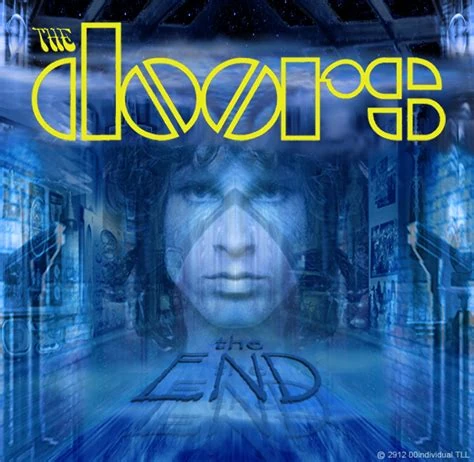
At over 11 minutes, The End is one of The Doors’ most daring and ambitious pieces. Initially appearing on their debut album, the song ventures into unsettling, experimental territory, moving far beyond conventional rock norms. Its haunting, evocative lyrics, often considered a reflection on themes of life, death, and the end of relationships, provide a glimpse into the band’s darker, more introspective side. Jim Morrison’s vocal delivery adds an eerie intensity to the track, enhanced by Robby Krieger’s haunting guitar lines and John Densmore’s unpredictable percussion. Musically, The End features extended improvisations, allowing the song to breathe and evolve in unexpected ways. The slow, meditative pacing gradually transforms into chaotic, primal intensity, drawing the listener into a trance-like state. Its audacious length and experimental nature solidified The End as one of rock’s most iconic and provocative tracks.
2112 – Rush

The title track from 2112, at over 20 minutes long, is a quintessential progressive rock epic. Split into multiple sections, the song weaves a futuristic narrative, set in a dystopian society where individual expression is suppressed. It begins with a sweeping overture of intricate guitar riffs and synthesizer textures, before diving into the core story of rebellion and freedom. Each movement in the piece adds complexity, from melodic sections to aggressive, fast-paced instrumental breakdowns. The song’s use of time signatures and shifting tempos is a hallmark of Rush’s technical musicianship. 2112 also explores themes of technology, power, and the importance of art and creativity. Its length is not only a reflection of the band’s ambition but also of their ability to capture the imagination through sound.
The Wall – Pink Floyd
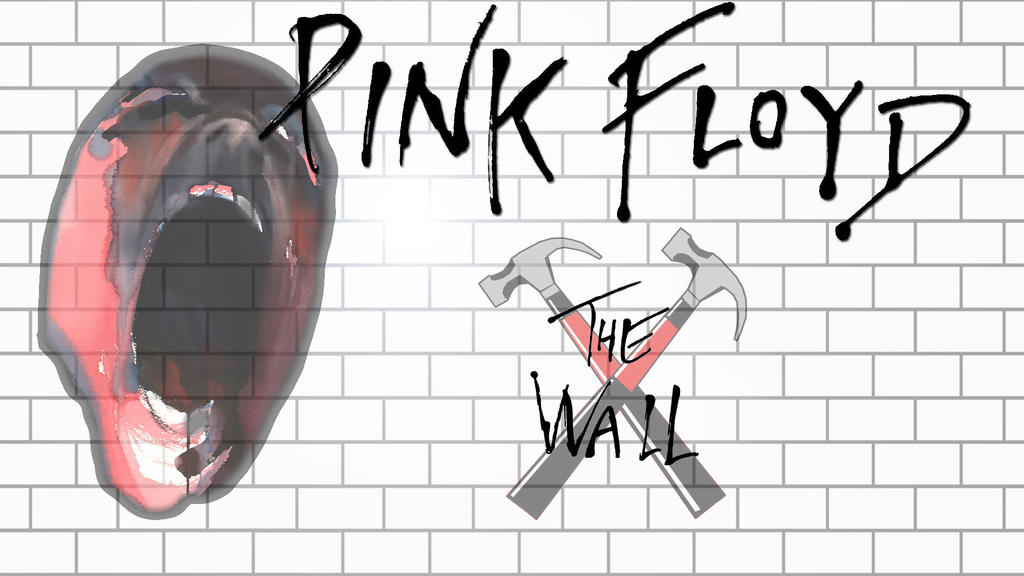
The closing track from Pink Floyd’s legendary concept album The Wall, it runs over 26 minutes, embodying the entire thematic scope of the record. It serves as a culmination of the album’s exploration of alienation, war, and the psychological wall that separates individuals from society. Musically, the song transitions between somber, reflective sections and more bombastic, emotionally charged outbursts, mirroring the protagonist’s inner turmoil. Roger Waters’ lyrics are deeply introspective, examining the pain of isolation and the journey toward self-realization. The song’s arrangements are lush and orchestral, with rich layers of synthesizers and guitars, contributing to its sweeping, epic feel. The track’s extended length gives it the room to evolve, creating a cathartic experience for the listener. The Wall has become not only a piece of rock history but also a profound exploration of the human condition.
This article originally appeared on Rarest.org.
More From Rarest.Org
Musical instruments have connected humanity across time, capturing emotions and histories from ancient cultures. Some of the oldest musical instruments in the world were crafted from simple materials like bone, wood, and clay but held the power to create profound sounds. Read more.
Kickers are often the unsung heroes of the NFL, tasked with delivering game-changing plays under immense pressure. While most players see their careers wind down in their early 30s, some kickers defy expectations, remaining in the league well into their 40s and even beyond. Read more.
Rivers are some of the most enduring features of our planet, carving landscapes and nurturing life for millions of years. While many rivers are famous for their size or significance to human civilization, some stand out for their incredible age, bearing witness to the Earth’s ancient geological history. Read more.



